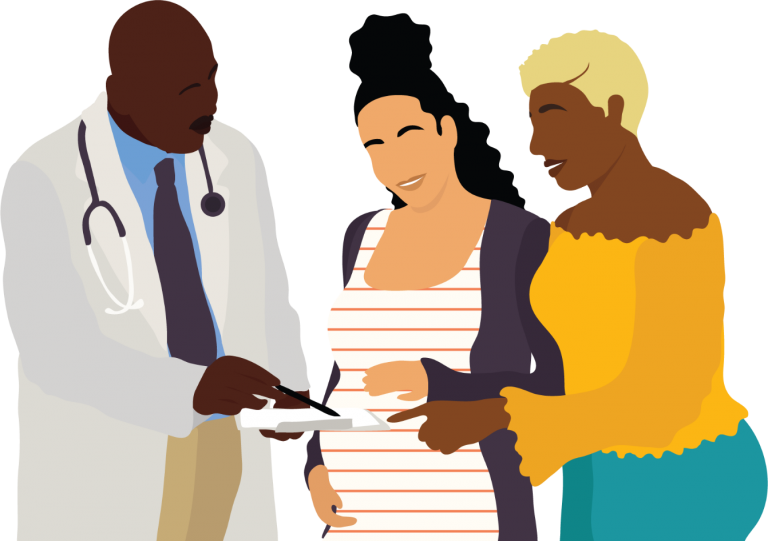
Is today the day the baby comes? Every mom has a different labor experience—some start with your water breaking, you may have a daylong backache that turns into labor contractions, or labor contractions could start suddenly without any warning signs of labor!
There are three stages of labor.
Learn more about the stages of labor.
There are a lot of different signs that you could be in labor, some more obvious than others.
If you think you’re in labor, call your doctor, midwife or nurse line. They can answer any questions about when you should come to the hospital.
Learn more about how to tell if you’re in labor.